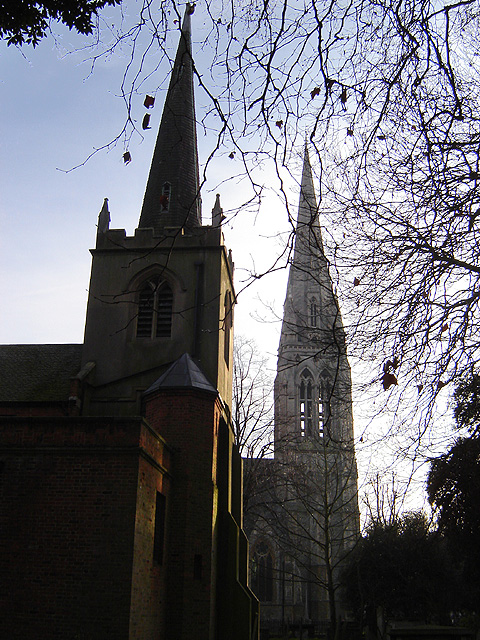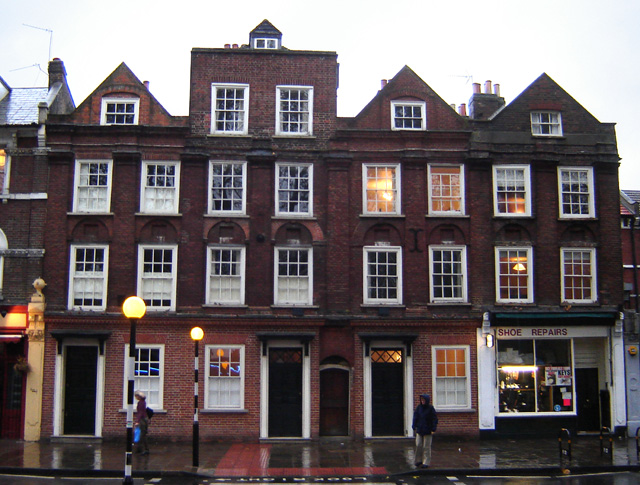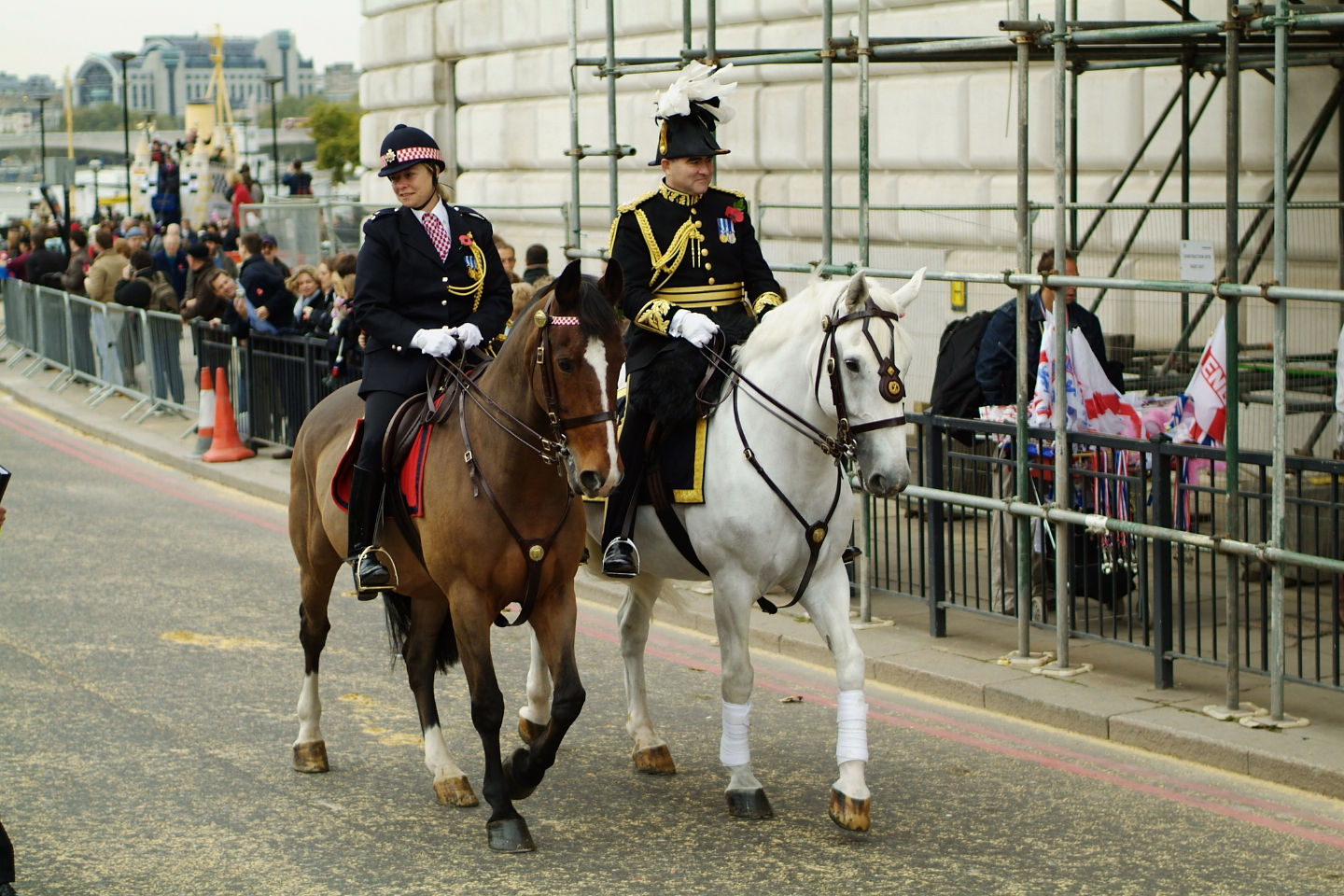|
Old Jewry
Old Jewry is a one-way street in the City of London, the historic and financial centre of London. It is located within Coleman Street ward and links Poultry to Gresham Street. The street now contains mainly offices for financial companies. The nearest London Underground station is Bank and the closest mainline railway station is Cannon Street. Early history Soon after the Norman Conquest, William the Conqueror encouraged Jews to come to England. Some settled in cities throughout his new domain, including in London. According to Reverend Moses Margoliouth, Old Jewry was a ghetto. Ghettos, areas of a city mainly or exclusively populated by Jews, were common across Europe. In 2001, archaeologists discovered a mikveh (ritual bath) near to Old Jewry, on the corner of Gresham Street and Milk Street, under what is now the State Bank of India. It would have fallen into disuse after 1290, when the Jews were expelled from England. On the west side of Old Jewry is St Olave Old Jewry ... [...More Info...] [...Related Items...] OR: [Wikipedia] [Google] [Baidu] |
Poultry, London
Poultry (formerly also Poultrey) is a short street in the City of London, which is the historic nucleus and modern financial centre of London. It is an eastern continuation of Cheapside, between Old Jewry and Mansion House Street, towards Bank junction. Etymology Poultry takes its name, like other roads nearby such as Milk Street and Bread Street, from the various produce once sold at Cheapside (meaning "market-place" in Old English). John Stow, writing at the end of the 16th century, noted that "the poulterers are but lately departed from thence into other streets". History The thoroughfare was also known for some time as Conningshop Lane/Coneys shop lane due to the brace of three stuffed coney skins over a notable poulterer's stall, thus who also served game. From the 15th to early 17th century, the lane had several taverns, but few were rebuilt after the Great Fire of 1666. Part of north side hosted the church of Saint Mildred. Rebuilt after the Great Fire to the desi ... [...More Info...] [...Related Items...] OR: [Wikipedia] [Google] [Baidu] |
Edict Of Expulsion
The Edict of Expulsion was a royal decree issued by King Edward I of England on 18 July 1290 expelling all Jews from the Kingdom of England. Edward advised the sheriffs of all counties he wanted all Jews expelled by no later than All Saints' Day (1 November) that year. The expulsion edict remained in force for the rest of the Middle Ages. The edict was not an isolated incident, but the culmination of over 200 years of increasing antisemitism in England. The edict was eventually overturned more than 350 years later, during the Protectorate when Oliver Cromwell permitted the resettlement of the Jews in England in 1657. Background The first Jewish communities of significant size came to England with William the Conqueror in 1066, when William issued an invitation to the Jews of Rouen to move to England, likely because he wanted feudal dues to be paid to the royal treasury in coin rather than in kind (which at the time meant paying a debt with goods and services rather than with m ... [...More Info...] [...Related Items...] OR: [Wikipedia] [Google] [Baidu] |
Newington Green Unitarian Church
Newington Green Unitarian Church (NGUC) in north London is one of England's oldest Unitarian churches. It has had strong ties to political radicalism for over 300 years, and is London's oldest Nonconformist place of worship still in use. It was founded in 1708 by English Dissenters, a community of which had been gathering around Newington Green for at least half a century before that date. The church belongs to the umbrella organisation known as the General Assembly of Unitarian and Free Christian Churches, and has had an upturn in its fortunes since the turn of the millennium. Its most famous minister was Dr Richard Price, a political radical who is remembered for his role in the Revolution Controversy, a British debate about the French Revolution, but who also did pioneering work in finance and statistics. The most famous member of its congregation was Mary Wollstonecraft, who drew inspiration from Price's sermons in her work, both in arguing for the new French republic an ... [...More Info...] [...Related Items...] OR: [Wikipedia] [Google] [Baidu] |
Richard Price
Richard Price (23 February 1723 – 19 April 1791) was a British moral philosopher, Nonconformist minister and mathematician. He was also a political reformer, pamphleteer, active in radical, republican, and liberal causes such as the French and American Revolutions. He was well-connected and fostered communication between many people, including Thomas Jefferson, John Adams, George Washington, Mirabeau and the Marquis de Condorcet. According to the historian John Davies, Price was "the greatest Welsh thinker of all time". Born in Llangeinor, near Bridgend, Wales, Price spent most of his adult life as minister of Newington Green Unitarian Church, on the then outskirts of London, England. He edited, published and developed the Bayes–Price theorem and the field of actuarial science. He also wrote on issues of demography and finance, and was a Fellow of the Royal Society. Early life Born on 23 February 1723, Richard Price was the son of Rhys Price, a dissenting minister. H ... [...More Info...] [...Related Items...] OR: [Wikipedia] [Google] [Baidu] |
English Dissenters
English Dissenters or English Separatists were Protestant Christians who separated from the Church of England in the 17th and 18th centuries. A dissenter (from the Latin ''dissentire'', "to disagree") is one who disagrees in opinion, belief and other matters. English Dissenters opposed state interference in religious matters, and founded their own churches, educational establishments and communities. Some emigrated to the New World, especially to the Thirteen Colonies and Canada. Brownists founded the Plymouth colony. English dissenters played a pivotal role in the spiritual development of the United States and greatly diversified the religious landscape. They originally agitated for a wide-reaching Protestant Reformation of the established Church of England, and they flourished briefly during the Protectorate under Oliver Cromwell. King James VI of Scotland, I of England and Ireland, had said "no bishop, no king", emphasising the role of the clergy in justifying royal legi ... [...More Info...] [...Related Items...] OR: [Wikipedia] [Google] [Baidu] |
City Of London Police
The City of London Police is the territorial police force responsible for law enforcement within the City of London, including the Middle and Inner Temples. The force responsible for law enforcement within the remainder of the London region, outside the city, is the much larger Metropolitan Police, a separate organisation. The City of London, which is now primarily a financial business district with a small resident population but a large commuting workforce, is the historic core of London, and has an administrative history distinct from that of the rest of the metropolis, of which its separate police force is one manifestation. The City of London area has a resident population of around 8,700, however there is also a daily influx of approximately 513,000 commuters into the city, along with thousands of tourists. The police authority is the Common Council of the City and, unlike other territorial forces in England and Wales, there is not a police and crime commissioner replac ... [...More Info...] [...Related Items...] OR: [Wikipedia] [Google] [Baidu] |
Thomas Rowlandson
Thomas Rowlandson (; 13 July 175721 April 1827) was an English artist and caricaturist of the Georgian Era, noted for his political satire and social observation. A prolific artist and printmaker, Rowlandson produced both individual social and political satires, as well as large number of illustrations for novels, humorous books, and topographical works. Like other caricaturists of his age such as James Gillray, his caricatures are often robust or bawdy. Rowlandson also produced highly explicit erotica for a private clientele; this was never published publicly at the time and is now only found in a small number of collections. His caricatures included those of people in power such as the Duchess of Devonshire, William Pitt the Younger and Napoleon Bonaparte. Biography Rowlandson was born in Old Jewry, in the City of London. He was baptised on 23 July 1757 at St Mary Colechurch, London to William and Mary Rowlandson. The baptismal record for St Mary, now in the London archi ... [...More Info...] [...Related Items...] OR: [Wikipedia] [Google] [Baidu] |
Guildhall, London
Guildhall is a municipal building in the Moorgate area of the City of London, England. It is off Gresham and Basinghall streets, in the wards of Bassishaw and Cheap. The building has been used as a town hall for several hundred years, and is still the ceremonial and administrative centre of the City of London and its Corporation. It should not be confused with London's City Hall, the administrative centre for Greater London. The term "Guildhall" refers both to the whole building and to its main room, which is a medieval great hall. The nearest London Underground stations are Bank, St Paul's and Moorgate. It is a Grade I-listed building. History Roman, Saxon and Medieval During the Roman period, the Guildhall was the site of the London Roman Amphitheatre, rediscovered as recently as 1988. It was the largest in Britannia, partial remains of which are on public display in the basement of the Guildhall Art Gallery, and the outline of whose arena is marked with a black circle ... [...More Info...] [...Related Items...] OR: [Wikipedia] [Google] [Baidu] |
Church (building)
A church, church building or church house is a building used for Christian worship services and other Christian religious activities. The earliest identified Christian church is a house church founded between 233 and 256. From the 11th through the 14th centuries, there was a wave of church construction in Western Europe. Sometimes, the word ''church'' is used by analogy for the buildings of other religions. ''Church'' is also used to describe the Christian religious community as a whole, or a body or an assembly of Christian believers around the world. In traditional Christian architecture, the plan view of a church often forms a Christian cross; the center aisle and seating representing the vertical beam with the Church architecture#Characteristics of the early Christian church building, bema and altar forming the horizontal. Towers or domes may inspire contemplation of the heavens. Modern churches have a variety of architectural styles and layouts. Some buildings designe ... [...More Info...] [...Related Items...] OR: [Wikipedia] [Google] [Baidu] |
Church Of England
The Church of England (C of E) is the established Christian church in England and the mother church of the international Anglican Communion. It traces its history to the Christian church recorded as existing in the Roman province of Britain by the 3rd century and to the 6th-century Gregorian mission to Kent led by Augustine of Canterbury. The English church renounced papal authority in 1534 when Henry VIII failed to secure a papal annulment of his marriage to Catherine of Aragon. The English Reformation accelerated under Edward VI's regents, before a brief restoration of papal authority under Queen Mary I and King Philip. The Act of Supremacy 1558 renewed the breach, and the Elizabethan Settlement charted a course enabling the English church to describe itself as both Reformed and Catholic. In the earlier phase of the English Reformation there were both Roman Catholic martyrs and radical Protestant martyrs. The later phases saw the Penal Laws punish Ro ... [...More Info...] [...Related Items...] OR: [Wikipedia] [Google] [Baidu] |
St Lawrence Jewry
St Lawrence Jewry next Guildhall is a Church of England guild church in the City of London on Gresham Street, next to Guildhall. It was destroyed in the Great Fire of London in 1666, and rebuilt to the designs of Sir Christopher Wren. It is the official church of the Lord Mayor of London. History Medieval era The church was originally built in the twelfth century and dedicated to St Lawrence; the weathervane of the present church is in the form of his instrument of martyrdom, the gridiron. The church is near the former medieval Jewish ghetto, which was centred on the street named Old Jewry. From 1280 it was an advowson held by Balliol College, Oxford. It is thought that the unusual alignment of the church may be because it was built on the site of the London Roman Amphitheatre, which was rediscovered as recently as 1988. Its remains can now be visited beneath the Guildhall Art Gallery. Sir Thomas More preached in the old church on this site. 17th century In 1618 the church ... [...More Info...] [...Related Items...] OR: [Wikipedia] [Google] [Baidu] |
_1.427_-_Sir_R._Clayton's_House%2C_Garden_Front.jpg)




.jpg)


